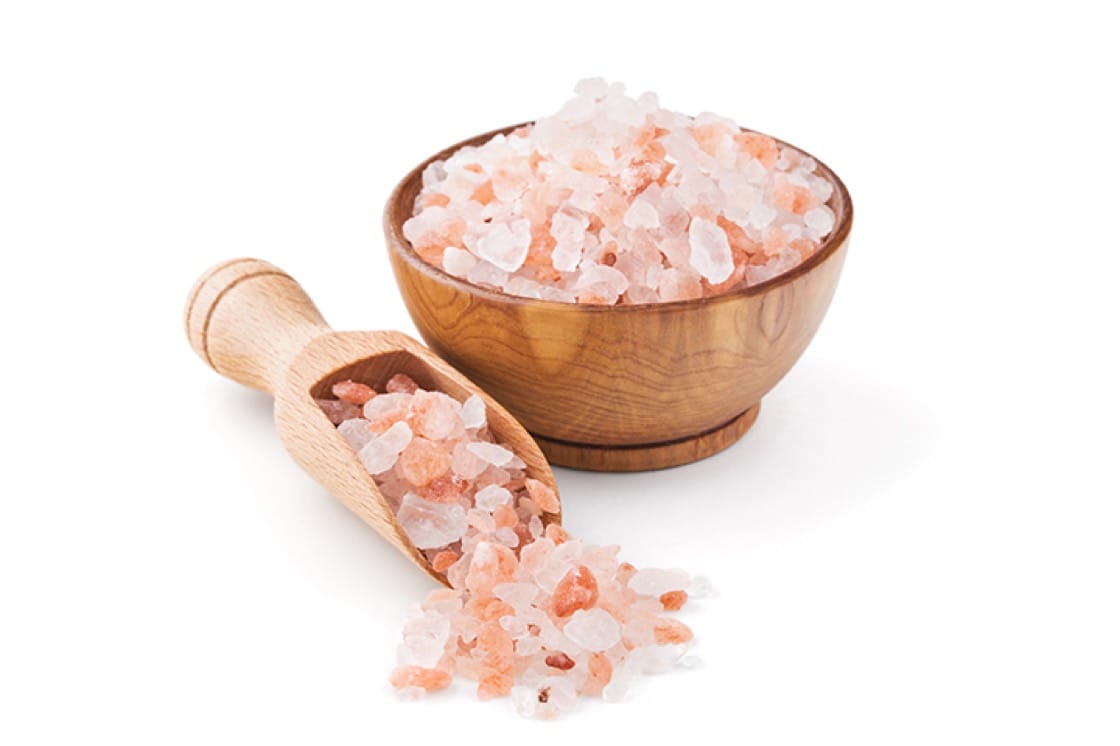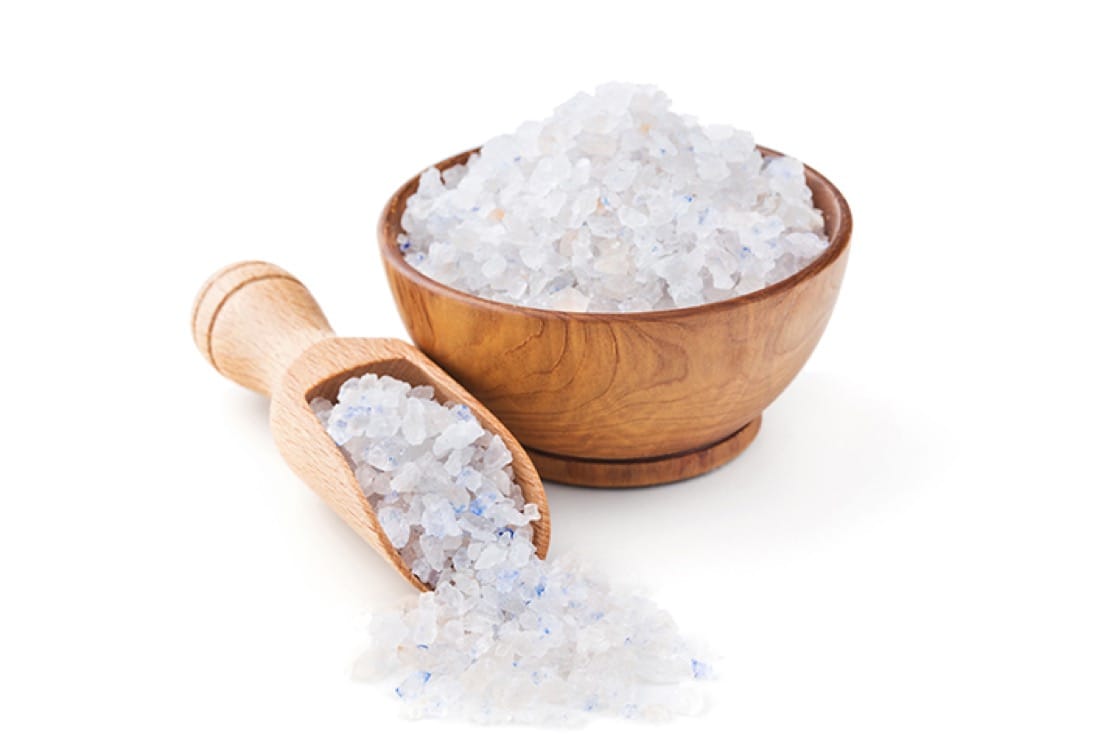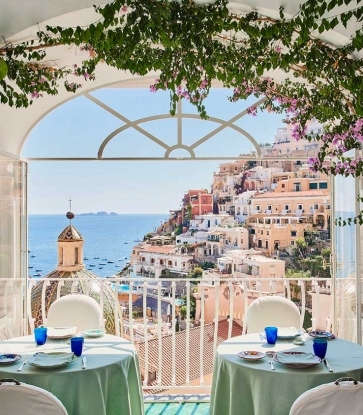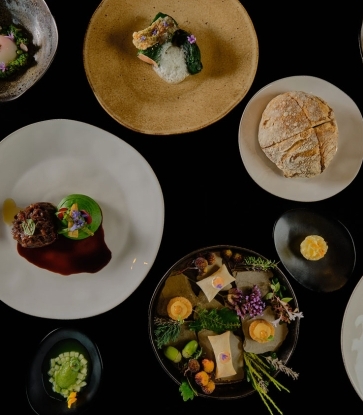To all cooks, salt is life. The delicate crystals are what enhances every dish that is put out to diners—be it in soups, sauces, or as a finishing sprinkle over the top.
Yet, beyond the fine white sea salt most are familiar with is a world of naturally-colored salts waiting to be discovered. Nurtured by the power of the nature and time, their color and taste reflect the distinctive terroir and origin. Here, we take a look at five of these tinted grains that are worthy of being precious jewels in the culinary world.

Black Salt
A kind of rock salt, black salt is created through contact with volcanic charcoal and activated carbon underground. The most popular types include Cyprus Black Salt and Black Lava Salt from Hawaii. Black salt is a perfect match for dishes such as grilled white asparagus and veal, not only because it provides a contrast in color, but also because it complements the flavors.

Pink Salt
Thanks to many upscale supermarkets introducing Himalayan sea salt, pink salt has become trendy over the last few years. And it's more than meets the eye—Himalayan salt’s color reveals the mineral composition in the particles. The darker it gets, the more minerals it contains. Such mineral content contributes to the subtle sweet notes in the salt. With a gentler flavor profile than varieties like fleur de sel, Himalayan salt is commonly used in cold starters.
When the salt is first mined, it appears as a large block, and needs to be shaved into small flakes before cooking. Obtaining this coveted condiment is no easy affair. Skilled workers follow traditional methods to harvest the salt by hand in the Salt Range in the foothills of the Himalayan Mountains.
Continents apart, pink salt can also be found among the Andes Mountains. The terraced fields in Maras, Peru have been fed with mountainous springs to produce Peruvian pink salt since the ancient Incan times. Its Australian counterpart, Murray River salt, is born from a different type of terrain. A high evaporation rate provides conditions for salt crystals to form in the mineralized brine, and the result is the gorgeous pink-orange grains enriched by the carotene from the surrounding algae.

Blue Salt
Hailing from the mountains of Ergourz in Northern Iran, Persian blue salt is the blue blood of the salt family. Some call it a “fossil salt,” and not without good reason. It was made million years ago and when the salt crystallized, it endured intense pressure so that the grain fractures light unusually. Its dreamy blue hue is generated in this way as an optical illusion like glaciers. The high price of this edible sapphire warrants its expensive pairings. The salt’s sweetness is most pronounced when used with ingredients like foie gras and truffles.

Red Salt
The rare geographic conditions in Hawaii give rise to more than one speciality salt produced in the islands. Besides black lava salt, Hawaiian Alaea Salt is another variety that absorbs what the nutrient-filled landscape has to offer. Alaea is a volcanic clay filled with 80 kinds of minerals. Its iron content is especially high and gives the salt its fiery tint. It is usually applied on meat while marinating. The notes of hazelnut take dishes with fish, white meat or foie gras to the next level.

Grey Salt
Sel gris de Guérande from French Brittany is one of the better-known grey salts. The sea salt is hand-harvested from June to October after it has crystallized. Weather plays an important part in the equation, as the harvest depends on days with adequate sunshine and wind, without which evaporation will be hindered.
Grey salt can be categorized into tamisé (coarse), sel gris fine and sel gris velvet, according to the size of the grain. In terms of mineral composition, it contains iodine and less sodium than regular refined salt. Ideal pairings include salmon and pot-au-feu.
This article was written by Tang Jie and translated by Vincent Leung.





















